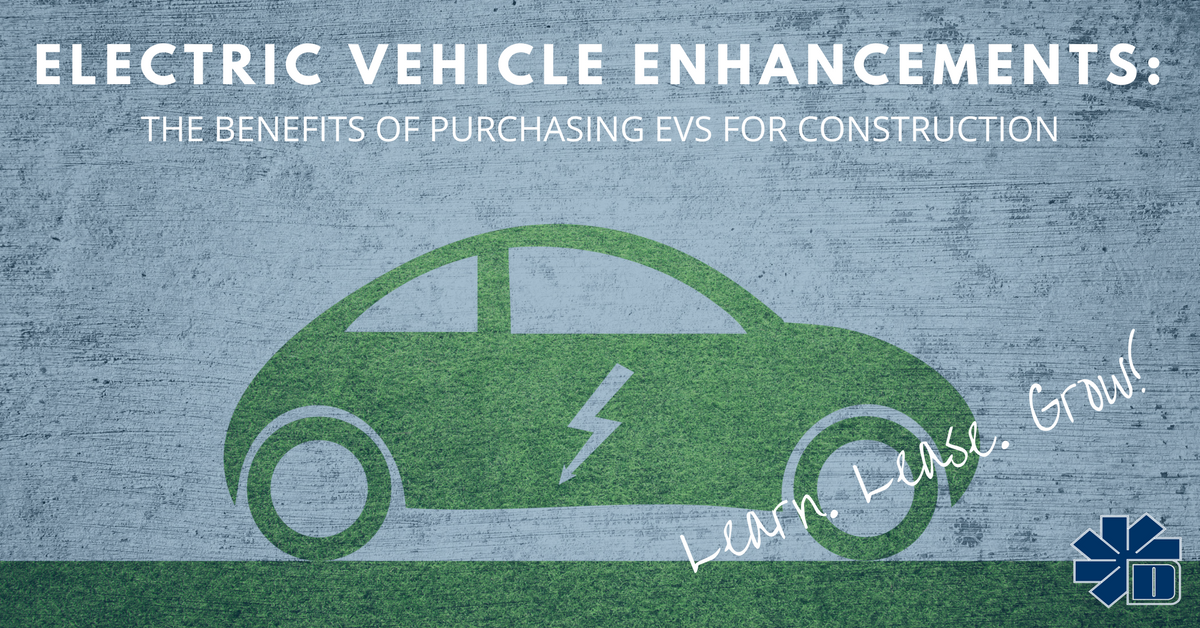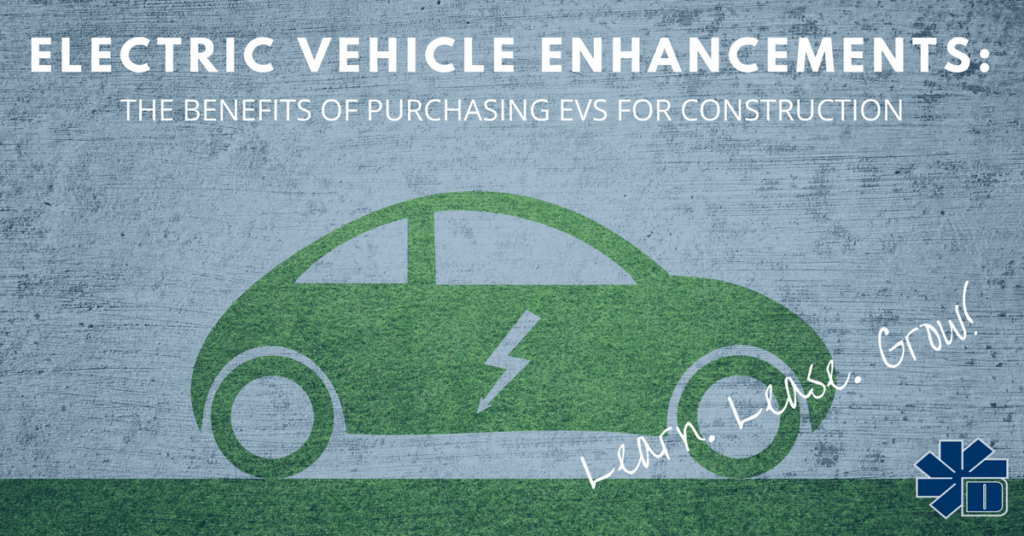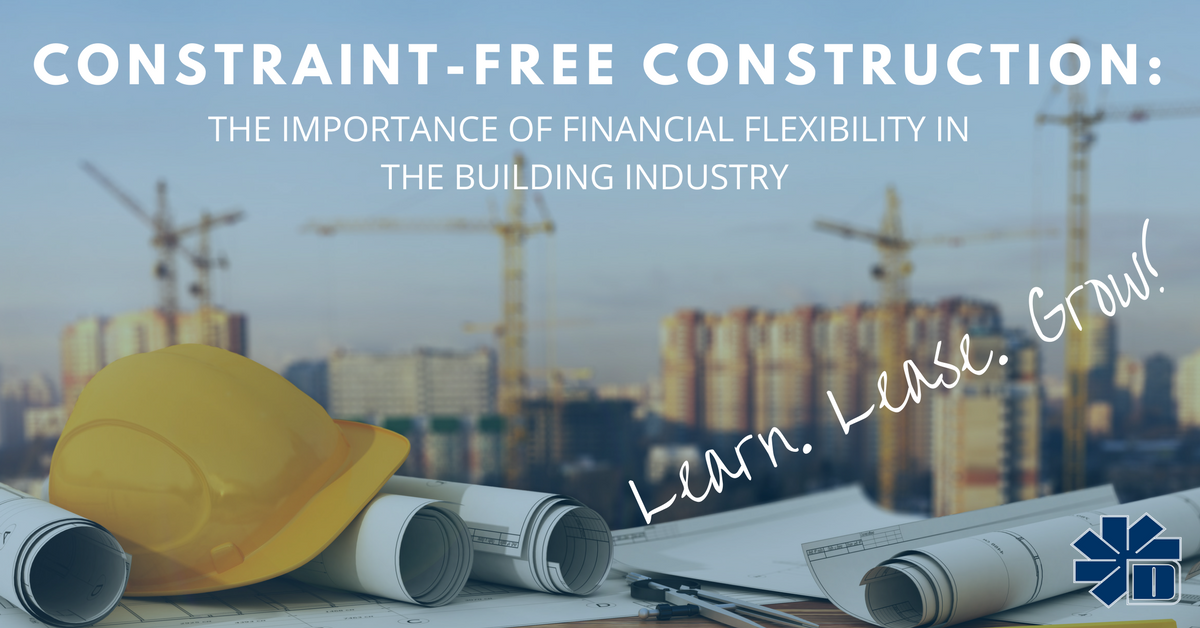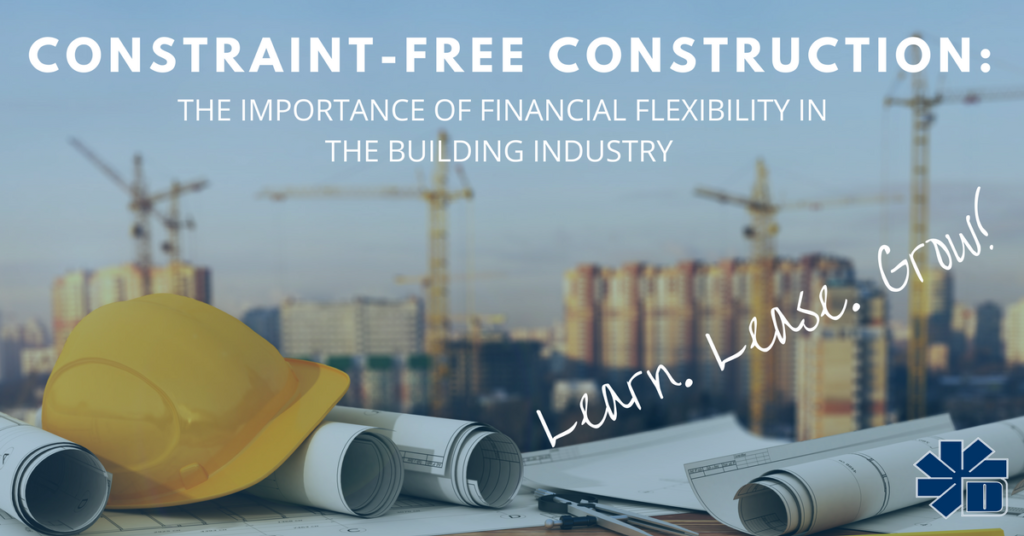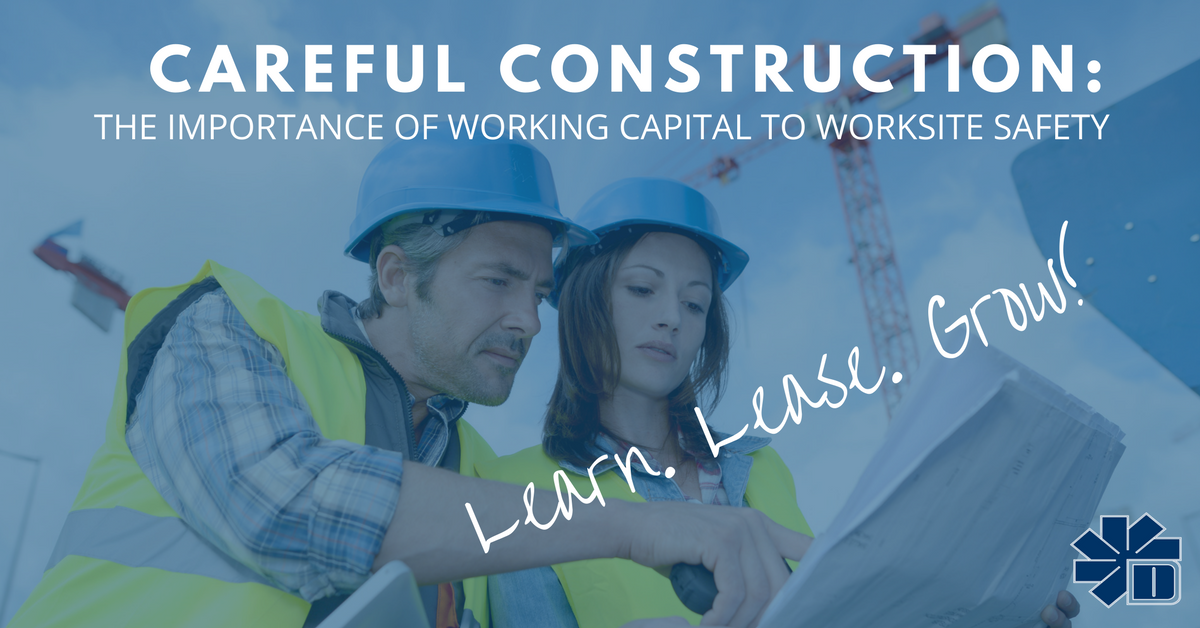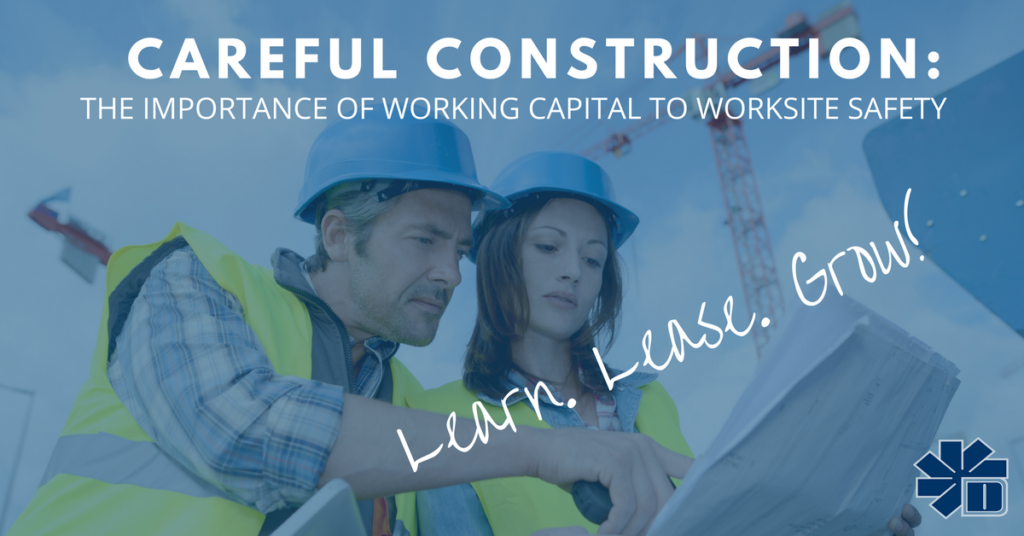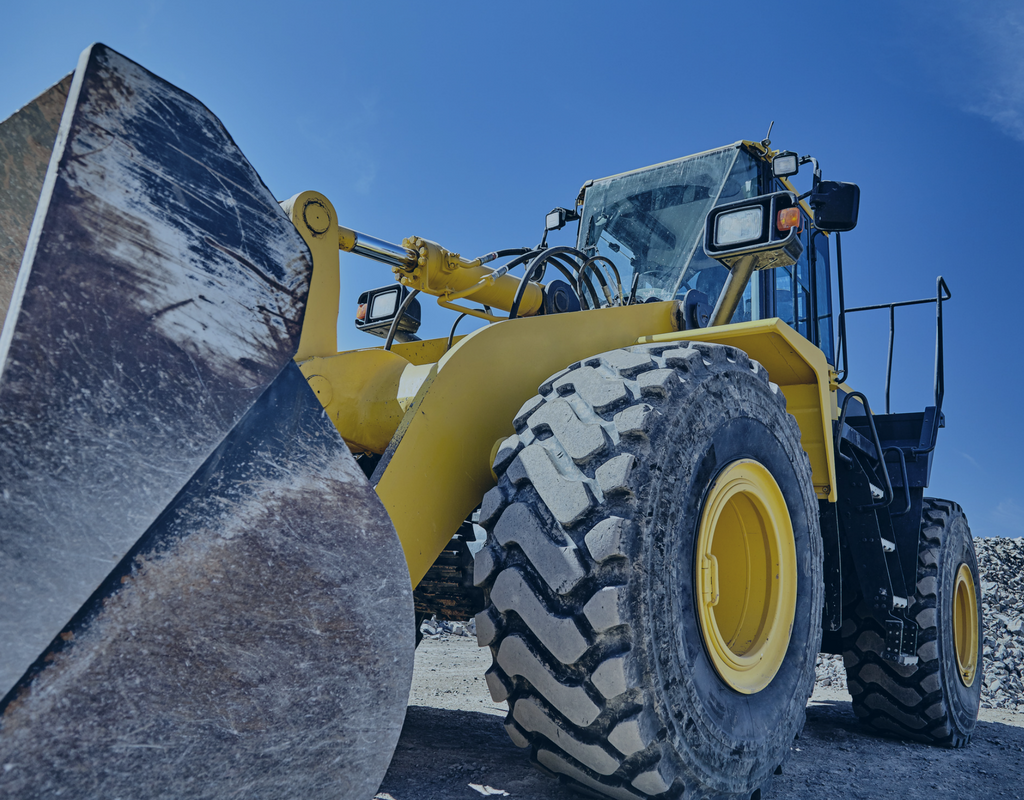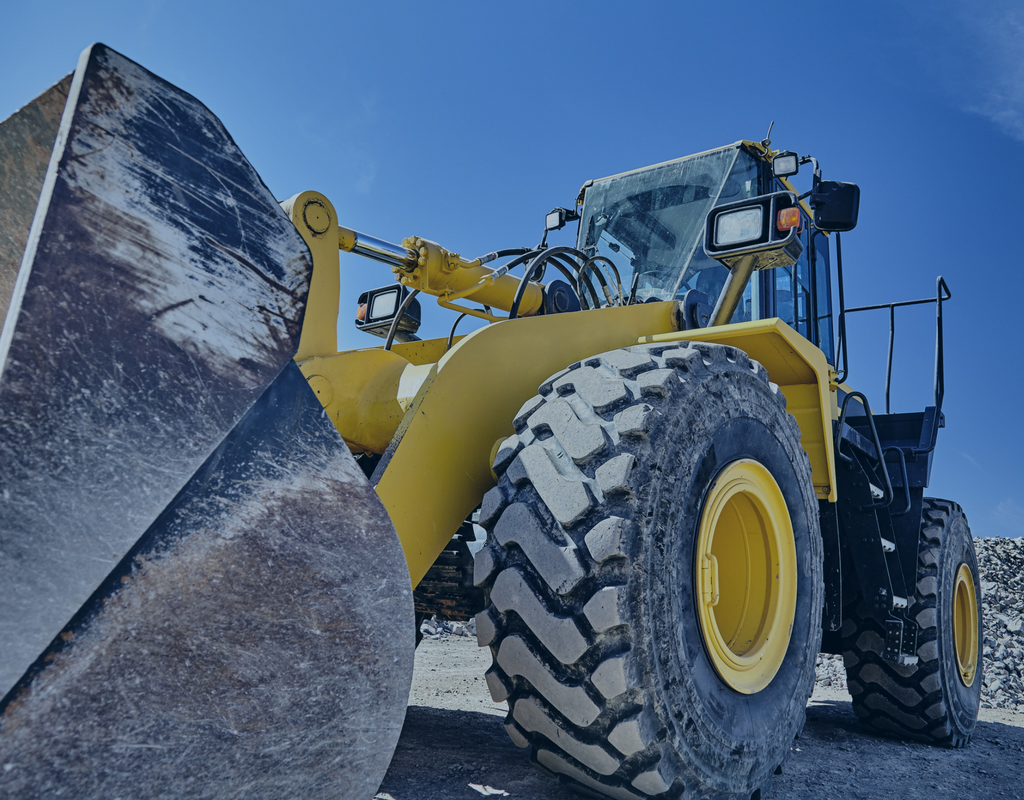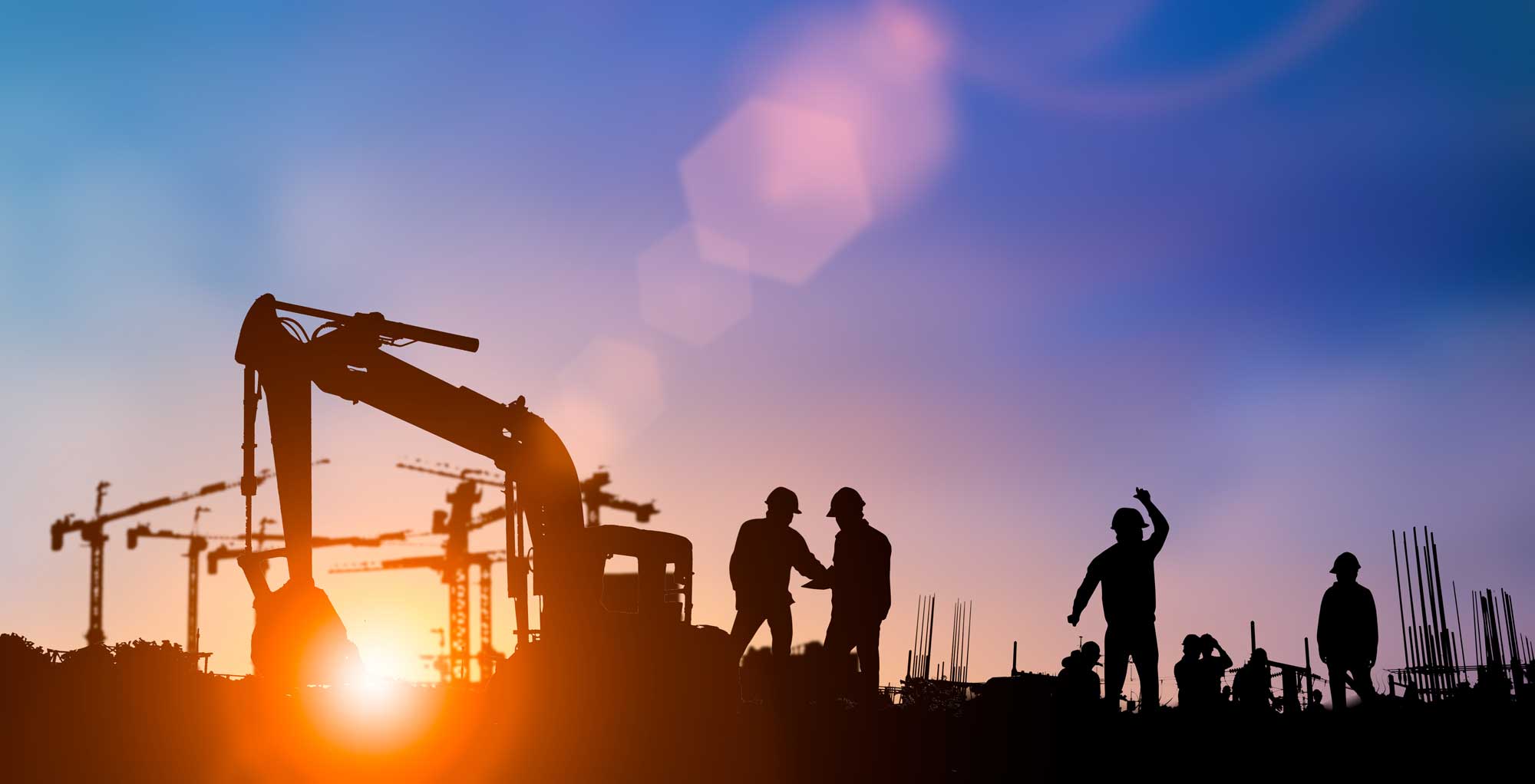
What the Future of the Construction Equipment Industry Looks Like for 2021
With new developments taking place more frequently, the evergreen construction industry looks more promising than ever.
It’s important for manufacturers and vendors to understand the trajectory of this projected growth so that they can ensure their processes and end product reflect these changes favorably.
In this article, we’ll do exactly that. You’ll understand the reasons for expected growth, what areas of construction are doing well, what construction equipment is in high demand, and the impact of COVID 19 on the industry and manufacturers as a whole.
Reasons for Construction Industry Projected Growth
According to statistics and market growth patterns, the global construction equipment market is expected to expand at a 4% annual growth rate in the next decade. This is despite a literal and proverbial roadblock in the form of a global pandemic.
There are a number of reasons that could potentially contribute to this projected increase:
- Renovations and uplifts of old buildings is an increasingly popular development process employed by many countries. Tourism greatly benefits from well-maintained landmarks and historic sites which is why governments and agencies are willing to put a lot of money and effort into these uplifts. Some construction companies and equipment are specifically designed for this job alone.
- Governments’ efforts to continuously build roads, railways and highways help drive sales and continuous growth.
- The advent of new technologies like AI and IoT will make machines more capable and as a result, their services and the people who make them will experience an uptick in demand.
- New businesses and avenues are created all the time, and many of the renovations, offices, buildings, and factories require the use of heavy-duty construction equipment.
These reasons are very general, of course, and there could very well be others that contribute to the growth, but the majority of it will be driven by the factors outlined above.
What Areas of Construction Are Doing Well?
If vendors understand what areas of construction will perform well in the future, they can model their production or rentals to reflect this. All construction projects are usually divided into either private or state procedures.
Private construction projects are the main contributors to general overall construction volume as many multinational companies have big ideas and even bigger budgets. Let’s take a look at some in demand private construction avenues.
- Residential Construction – The demand for every type of housing is continuing to rise exponentially. Developed parts of cities have a need to make increased houses and apartment complexes for residents while less developed cities require construction equipment and services even more pressingly.
- Commercial Construction – Buildings or similar structures created for commercial purposes fall in this category. There are a huge variety of opportunities in this segment which includes skyscrapers, grocery stores, shopping centers, private hospitals, private schools, etc. As overall global spending power increases, the demand for recreational buildings or even office spaces will continue to rise along with it.
- Industrial Construction – This is a more niche segment of the general construction industry and because of the huge capital required for execution, isn’t very easy to work on. Industrial construction includes projects like power plants, manufacturing plants, factories, solar wind farms, etc. Though they might not be as executable as commercial or residential construction, the demand for bigger industrial projects is still high as industries have to keep their production processes updated which necessitates constant expansion and upgrades.
- State Construction Projects – Projects that are commissioned or executed by a county, city, government board, or any other state-funded entity fall into this category. Railways, dams, highways, and airports are a good example. While the demand for such construction in developed economies like the US is fair, the demand in developing economies is huge. As these countries progress, they will require better infrastructure for their residents and the demand for construction equipment will rise along with this.
Each project type requires specific equipment and procedures for execution but there are general pieces that are always relevant and needed. If you’re an equipment manufacturer then specializing or at least including one or all of these in your production will be a very fruitful investment:
- Excavators
- Loaders
- Bulldozers
- Concrete mixers
- Scrapers
- Dump Trucks
- Forklifts
- Graders
- Cranes (mobile, crawler, tower, etc.)
Besides these all-stars of construction equipment, it might also be a good idea to look at some emerging technologies in the field.
Developments in remote-controlled equipment, connected machines, autonomous vehicles, and electronic power supplies are very promising.
Adapting or at least researching such developments could prove to be incredibly beneficial in the coming decade, especially for construction equipment vendors who want to stay on top of the competition.
How Does This Growth and the COVID 19 Pandemic Impact Small Construction Companies?
An increase in demand for construction will obviously increase the demand for the construction equipment required to carry out the construction too. Manufacturers would have their hands full and the growth rate for the industry as a whole is very promising and encouraging. At least it was until the COVID-19 pandemic started.
There is no question that the outbreak of the Coronavirus has hurt the industry significantly. Social distancing makes construction of any kind almost impossible to carry out and with less consumption happening throughout the economy, many corporate projects in the pipeline have either been postponed or discarded.
While this is a difficult time and situation for everyone, it’s important to realize that like all tough things, this will pass sooner than we may think. Sticking through this turbulent period could yield huge results. After a recession like the one we’re going through, economic boom and growth are almost inevitable.
When this happens, the demand for construction projects and equipment will skyrocket. This isn’t just wishful thinking as analysts and experts are echoing the same sentiments. The time period is still a little confusing, but the upside is certainly one worth waiting for.
If you’re interested in financing your construction equipment through a third-party vendor, be sure to contact Dimension Funding. You’re only an online application and a quick approval process away from getting a time tested, hassle-free, and convenient financing option for your next equipment upgrade.
Recent Posts
- Benefits of Food Truck Ownership June 26, 2024
- Bonus Depreciation is About to Phase Down to 80% in 2023 December 29, 2022
- Tax Benefits of Buying Equipment & Software Before December 31, 2022 December 8, 2022
- How the Inflation Reduction Act Impacts your Business and You and your Family August 16, 2022
- Recession? What Recession? July 27, 2022

